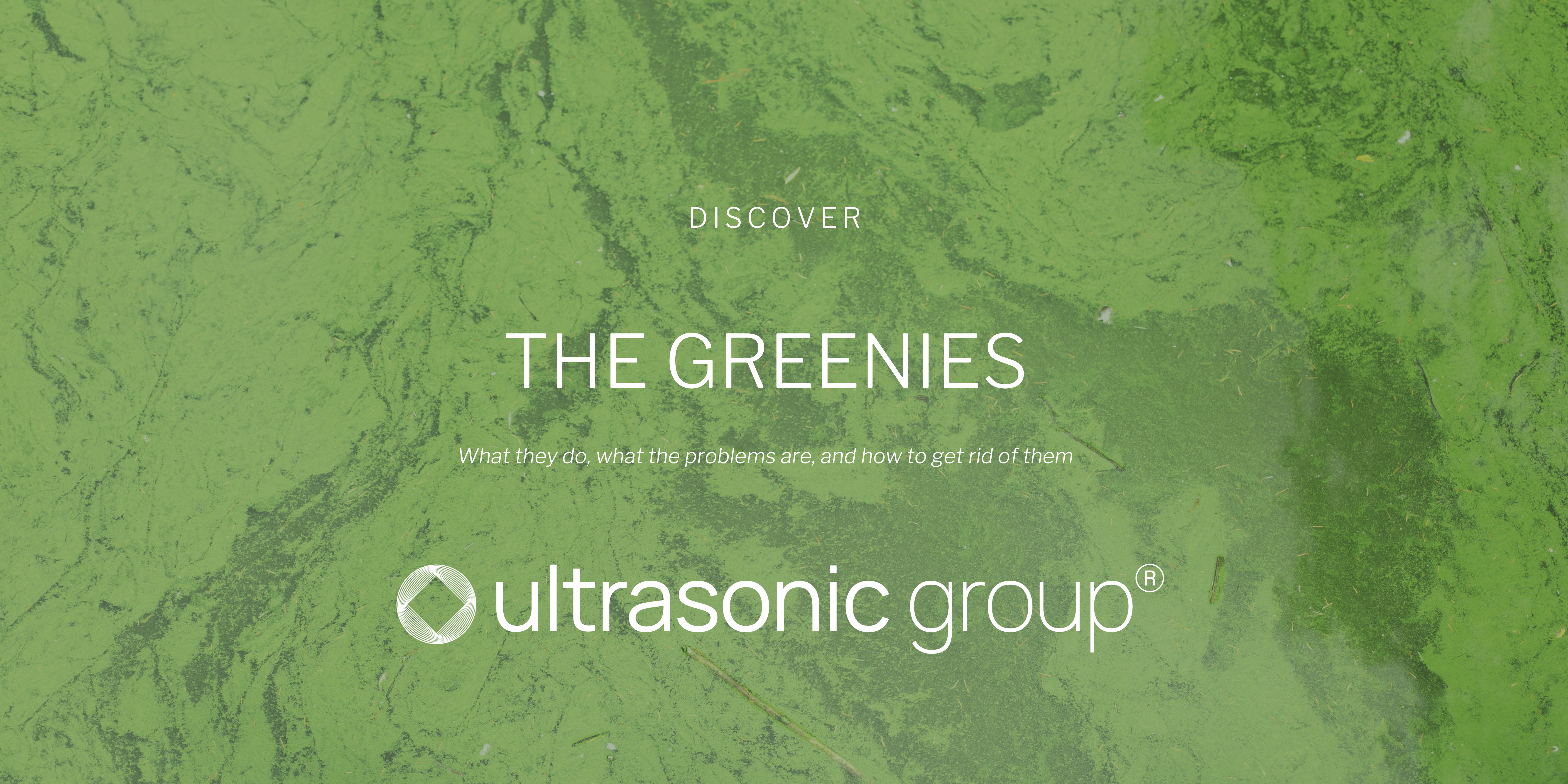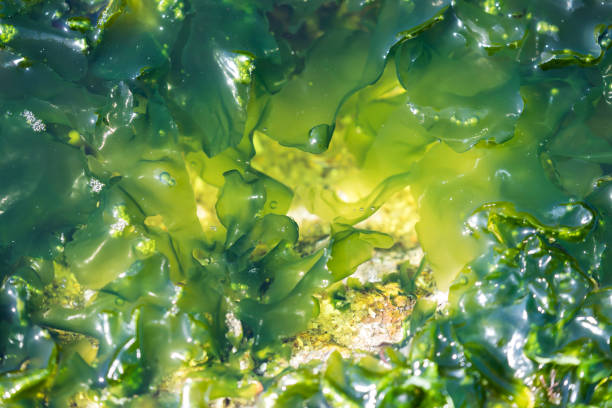The “greenies” of ponds and pools are not only a lot of maintenance work, but they are also one of the fastest growing aquatic plants. We are talking about algae here.

Algae are also called phytoplankton, from the Greek phyton (plant) and planktos (floating). Algae are single-celled organisms that photosynthesise and therefore have chlorophyll and grow on the surface of the water. Algae attach themselves to a surface that comes into contact with water on which a biofilm is present. They use biofilm as a starting nutrient and further as an attaching organism. Algae can easily form in stagnant water at a minimum temperature of 4°C with a pH value of between 5.0 and 7.0.
Like all plants, algae convert carbon dioxide (CO2) and water into carbohydrates and oxygen with the help of sunlight through photosynthesis. Unfortunately, this can only happen during the day.
Under certain conditions, this can cause the pH of the water (acidity) to increase extremely (pH >9), so that the water environment becomes life-threatening for all organisms. As soon as the water no longer contains sufficient CO2, algae are able to extract the required amount of CO2 from the carbonate hardness (KH).
At night, however, the situation is reversed and algae consume oxygen. When water contains a lot of algae, the oxygen content at night can drop so low that water life is endangered.
The result is that the important water value decreases, which further leads to the pH being destabilised. As a result, the pH value again drops sharply at night (to a value of around 4) and rises far too sharply during the day (to a value of over 10), which most water inhabitants do not survive.

Algae are not only difficult to get rid of, they also cause a lot of problems.
A large amount of algae can cause mechanical blockages in pipes. In addition, algae reduce the oxygen content, which is related to the O2 consumption that is higher at night than during the day. Dead algae also cause blockages. They become loose and form a layer of silt on the bottom. Finally, algae also cause a significant rise in PH levels in the water.
Algae are the co-cause of the growth of biofilm in water. Biofilm is a slime-like layer formed by microorganisms on surfaces in contact with water. It consists of polymeric substances produced by aerobic and anaerobic bacteria, fungi and algae. Biofilm acts as a reservoir of microorganisms that is not removed or controlled by disinfectants such as chlorine.
To continuously break down and prevent biofilm, only ultrasonic can effectively help. Ultrasonic devices are in fact speakers that produce a high frequency sound that travels underwater at a rate of 1500 meters per second. The sound waves rupture the vacuoles of the biofilm and all single-celled algae, causing them to die. If you want more information about this, please take a look at our “products” page.